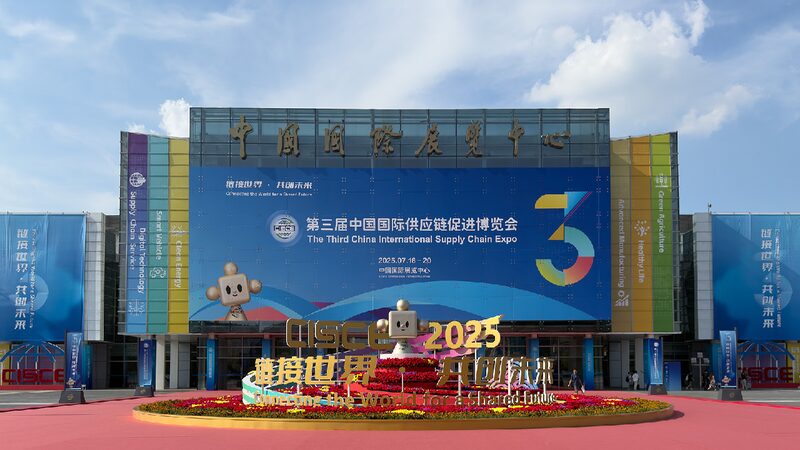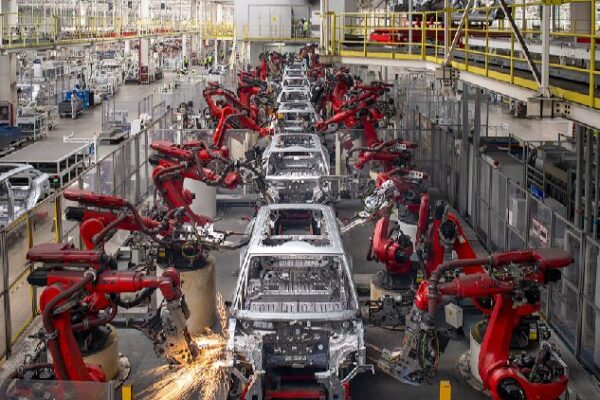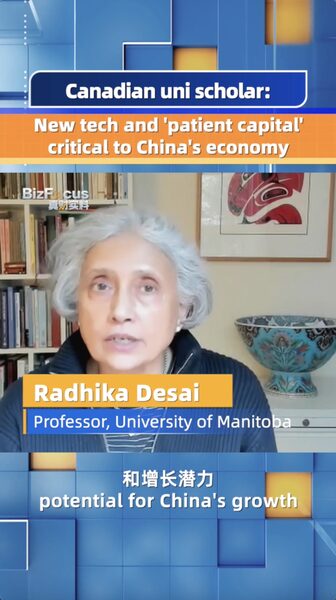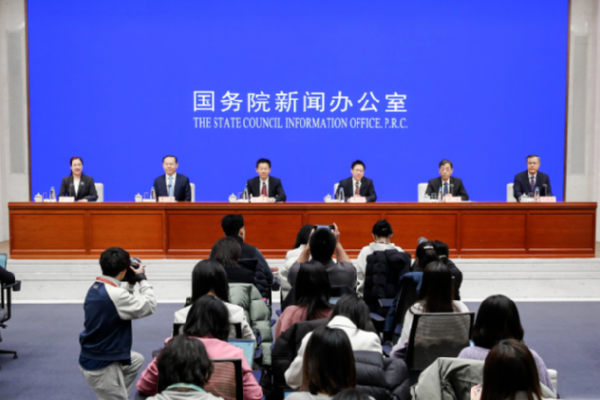China’s ‘patient capital’ is reshaping the tech landscape, driving innovation across all levels by fostering long-term growth over short-term gains.
Micro Level: Empowering Disruptive Innovation
At the micro level, China’s approach to investment is changing how tech companies think about innovation. Traditional investors often push for quick returns, pressuring startups to prioritize short-term financial goals over groundbreaking ideas. In contrast, China’s patient capital allows companies to focus on long-term projects, embracing high-risk, high-reward innovations without the immediate pressure to profit.
For example, some investment funds are extending profitability assessments to eight years or removing exit deadlines altogether. This shift enables companies to invest more in research and development. Recent data shows that companies on the Shanghai Stock Exchange Science and Technology Innovation Board have increased their R&D spending from 15% to 35% of their budgets.
Meso Level: Building Integrated Innovation Ecosystems
On a meso level, patient capital is fostering stronger connections between different sectors. By integrating the technology chain, industry chain, and talent chain, China is creating seamless pathways for innovation from conception to market application.
Government-guided funds are not just providing financial support but are also helping to overcome challenges in bringing innovations to market. In the Yangtze River Delta region, a new materials fund collaborated with university labs to develop graphene-based heat-dissipation films. Within three years, this technology moved from the lab to automobile applications, boosting the industrial chain’s output value to over 20 billion yuan ($2.76 billion).
Macro Level: Redefining Government and Market Roles
At the macro level, patient capital is changing how the government and market interact in the innovation space. While some countries rely heavily on private venture capital—which can be short-sighted—China is blending government support with market mechanisms. This collaboration creates a balanced environment where the government empowers innovation, and the market plays a decisive role.
One of the key strategies is the implementation of “risk compensation funds.” Through these, the government covers a portion of early investment losses—typically around 30%—which encourages private investors to fund key technology projects. In Shenzhen, this approach has attracted over 20 billion yuan ($2.76 billion) of private capital into the semiconductor equipment sector.
The Global Impact
China’s patient capital model offers a new paradigm for technological advancement. By focusing on long-term investment and fostering collaboration between the government and private sector, it’s driving significant progress in innovation. This approach could serve as a blueprint for other nations looking to stimulate their own technology sectors.
Reference(s):
China's 'patient capital' and its paradigm shifts across three levels
cgtn.com








